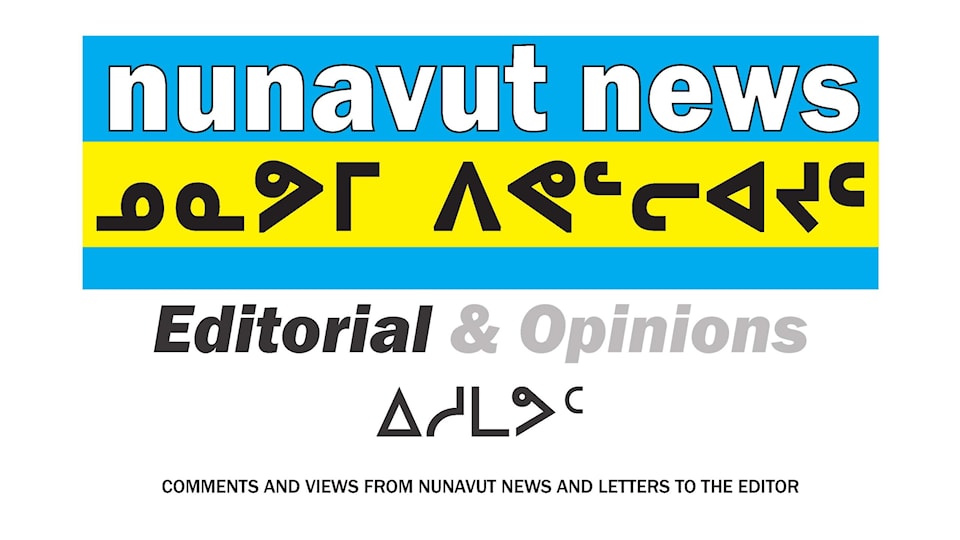We’re now a little over three weeks deep into the second outbreak of COVID-19 in the territory.
As of May 6, there were 157 cases of the coronavirus reported in this outbreak, mostly in Iqaluit, and a growing number of those are in youth under 18.
Chief public health officer Dr. Michael Patterson pointed to inadvertent transmission between essential workers and their households for the jump in those sorts of cases.
There have also been a few more alarming places the virus has cropped up, which, while under control at the moment, are a concern due to the vulnerability of the populations affected – those being the Baffin Correctional Centre (BCC) and the Tammaativvik Boarding Home.
This time last year, when the first outbreaks were occurring in correctional facilities in the south, many media organizations questioned whether inmates should all be left to serve their sentences, or if the dangers of spread of the virus within the tight confines of these institutions violated the human rights of those on the inside.
In April 2020, 23 inmates were released from BCC due to concerns over the potential effects of COVID-19 making its way through crowded facilities.
A couple of weeks ago, on April 27, an individual who was transferred to BCC tested positive for COVID-19. That inmate had already been placed in isolation from the general population on arrival, per the facility’s protocols. There have now been 10 cases of COVID-19 identified at BCC.
The GN’s quick response in isolating all positive-testing residents at BCC and taking the precautions needed to keep this vulnerable population safe is to be commended, but as Justice Minister George Hickes says, “We’ve had a year to prepare for this.”
Another concern in Iqaluit is the temporary closure of the low-barrier shelter run by the Uquutaq Society.
While the City of Iqaluit has taken some steps to help address this issue, such as using the Aqsarniit Hotel as an alternative isolation site, it’s only a Band-Aid on a problem that has been growing more and more pressing. The shelter needs more beds, not fewer, and having to shut it down to keep people safe is a bit of a contradiction.
Finally, we come to one of the most troubling closures, economically speaking.
In an effort to gain control over a COVID-19 outbreak at the Mary River mine, Baffinland Iron Mines announced May 5 that production has been temporarily suspended and staff would be transferred south to complete their isolation.
As of May 6, there were 23 cases of COVID-19 at the mine, at least one of which came back identified as the B.1.6.1.7 variant, which would help explain the rapid spread over the course of only four days from the first case being reported.
This is tough news for them, after announcing they may be forced to go into care and maintenance mode in the future due to an expected plunge in the price of iron ore.
As difficult as the growing COVID fatigue is becoming to manage, we must all continue to do our part to stop the spread of the virus, especially these more transmissible variants. Take care of each other, stay home and stay safe.
The issue:
Second virus wave in Nunavut
We say:
Focus on the vulnerable
